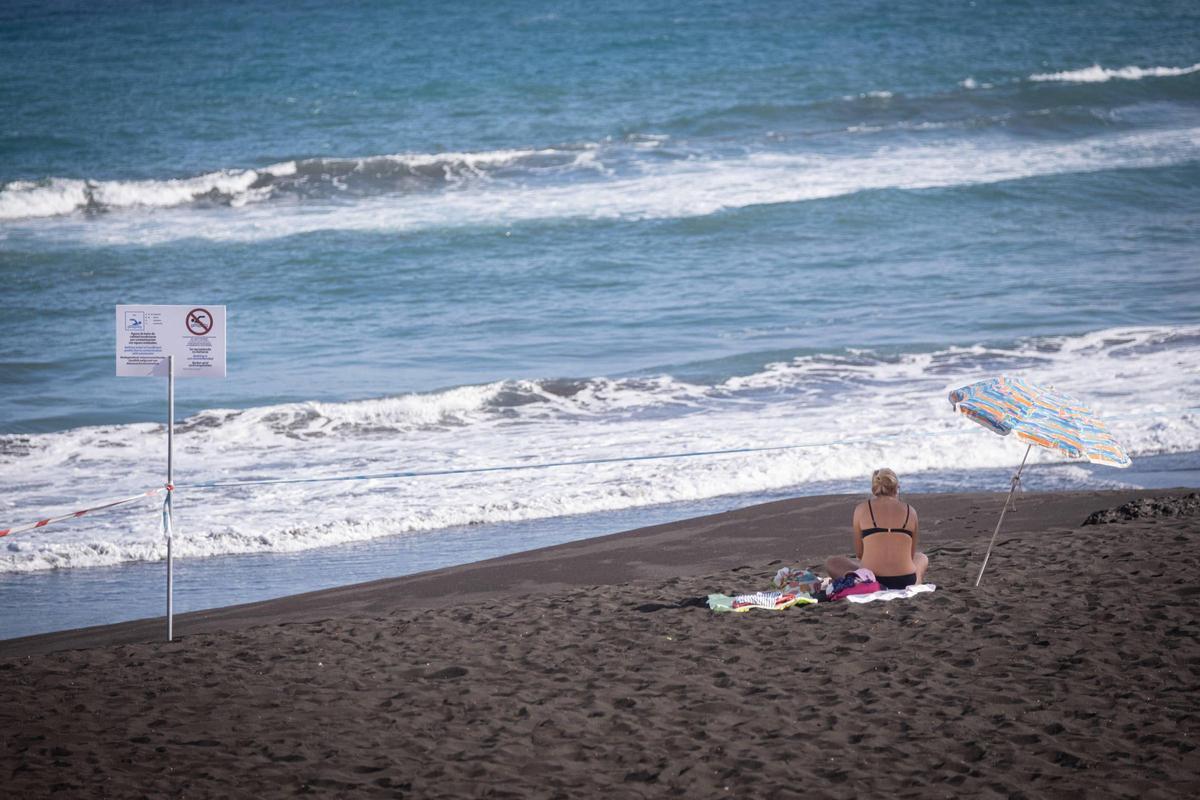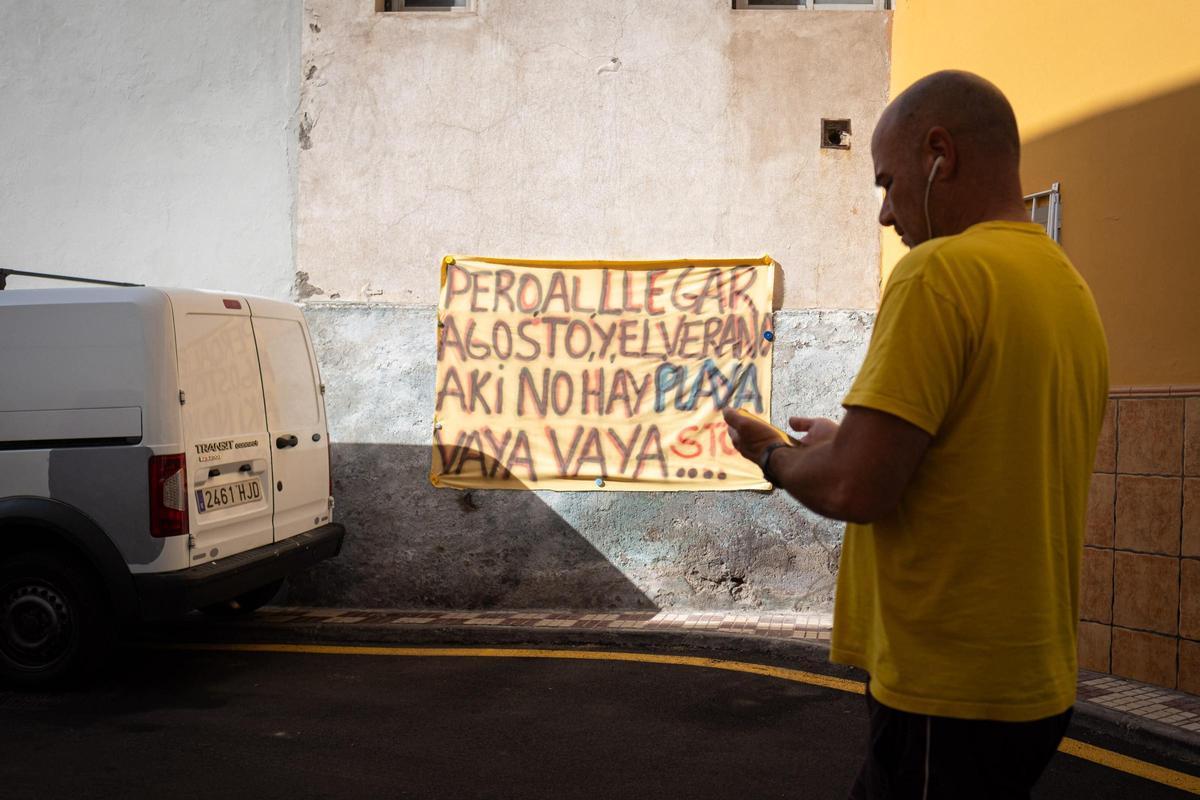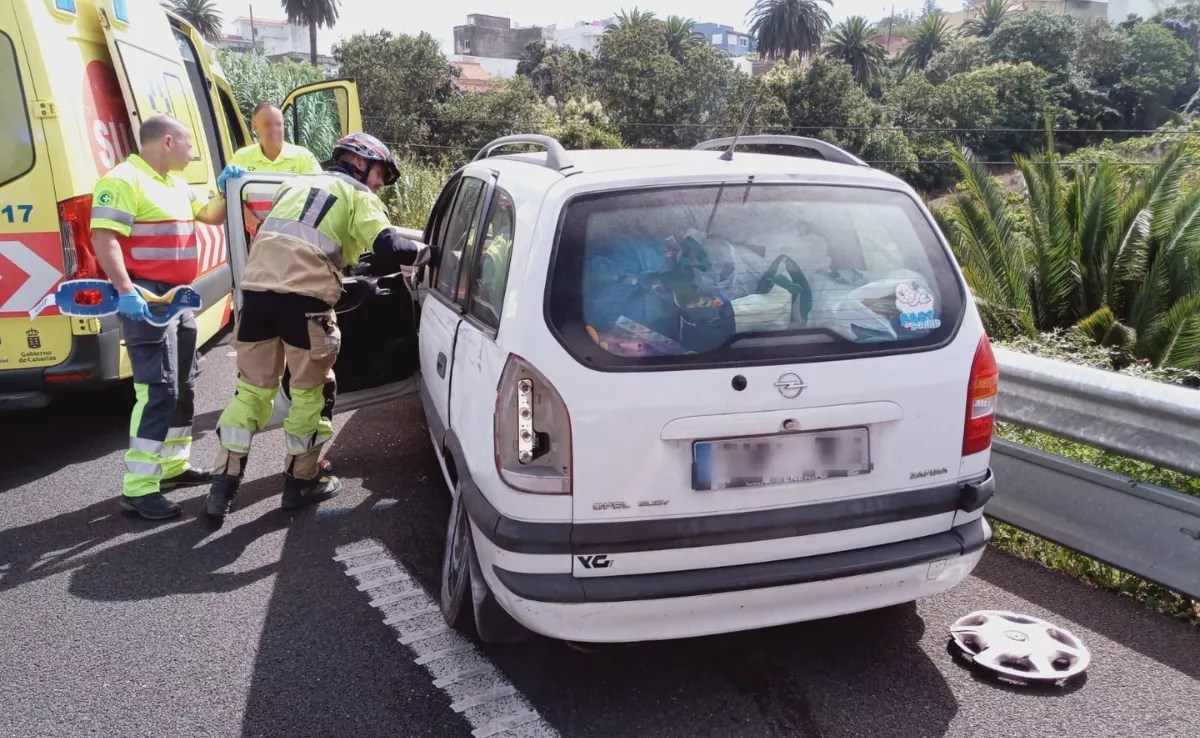One of the most significant environmental catastrophes in the history of the Canary Islands reaches this Friday six months. This is the duration for which the primary bathing area of the tourist hub of Tenerife: the Playa Jardín complex, in Puerto de la Cruz, has remained closed.
Despite the time that has elapsed, there are still no signs of an end to the spills that have triggered this unparalleled pollution incident in the Islands, at least not in the near future. Analyses from Public Health conducted by the Canary Islands Government continue to reveal elevated levels of two bacteria associated with contaminated water: Escherichia coli and enterococci.
It was on July 3rd that the Puerto de la Cruz City Council mandated a ban on swimming in the three coves of Playa Jardín due to wastewater discharges resulting from causes that remain largely unidentified.
While an official diagnosis of the issue has yet to be established, the actions undertaken in the short, medium, and long term suggest that there are two primary factors at play: the inadequate condition of essential sanitary infrastructure such as the treatment plant and the underwater outfall at Punta Brava, a locality situated right beside Playa Jardín; and the fact that three out of every ten residences in Punta Brava – there are around 450 – lack a connection to the waste disposal network.

A woman sunbathing at Playa Jardín, alongside signs indicating the prohibition of bathing in its waters. / Arturo Jiménez
Whilst the relevant authorities, chiefly Cabildo de Tenerife and Puerto de la Cruz City Council, have initiated a series of measures to address the issue, the provincial Environmental Prosecutor’s Office is investigating the potential liabilities associated with this prolonged pollution incident.
They are examining why the City Council delayed 13 days before imposing the closure of Playa Jardín –Public Health requested the ban on June 21, and the City Council enacted the measure on July 3– or why it took so long to formulate actions concerning infrastructures that have been known to be in disrepair for years.
For instance, there have been numerous calls over the past 15 years for the expansion of the Punta Brava treatment plant which processes wastewater not just from Puerto de la Cruz, but also from two other significant municipalities: La Orotava and Los Realejos.
The delay in upgrading essential infrastructures is the root cause of this serious instance of urban pollution
The facility located in the coastal region of Porto possesses a mere capacity to process 6,800 cubic metres of waste per day, a figure significantly lower than the actual demand of the three municipalities within the La Orotava Valley it serves, which have a population exceeding 110,000.
Compounding this is the lag in addressing specific leaks in the outfall that discharges the already treated water from the Punta Brava treatment facility, alongside the need to refurbish a considerable portion of the pipeline. On July 6, 2020, more than four years ago, the Island Water Council, a public entity under the Cabildo, alerted the Department of Ecological Transition of the regional Government via a letter, indicating that it had identified a leak in the outfall, initially assessed as “minor.” Yet, the urgent repair works did not commence until the severity of the issue was acknowledged, leading to the closure of Playa Jardín, and so far the outcome has not been as hoped.

A poster from the residents of Punta Brava protesting the prolonged closure of Playa Jardín due to sewage discharges. / Arturo Jiménez
The emergencies and also partly the political transitions across various governments have led to a shift in pace within the administrations. On one side, the Cabildo of Tenerife and the Government of the Canary Islands have “unblocked” two essential initiatives aimed at resolving long-standing pollution along the Puerto de la Cruz coastline: the expansion of the Punta Brava treatment facility and the refurbishing of the outfall.
After years of stagnation surrounding these two projects, the Island corporation has announced that it has now secured the necessary permits from the General Directorate of Coasts and Maritime Space Management of the Government of the Canary Islands, enabling these works to be put out to tender for execution. There is a planned investment of 21 million to refurbish the treatment plant and 240 metres of the 980 metres of the outfall.
Facua-Consumers in Action demands an “immediate” solution given the gravity of the contamination
In the meantime, the City Council of this tourist city, which transitioned last August, during the height of the Playa Jardín crisis, from governance by the PSOE and ACP to a coalition between PP-CC-ACP, has announced an emergency investment of 8 million euros aimed at a series of measures to eliminate this severe pollution instance: a new sewage system for the whole Punta Brava district, actions concerning the downspouts of La Vera and Las Adelfas to ensure minimal water flow reaches the Playa Chica pumping station, and improvements and legalisation of all pumping stations and spillways within the municipality.
Meanwhile, demands for a resolution persist, a process that has proven to be remarkably intricate. The latest request comes from Facua-Consumers in Action, which stated in a release that it has dispatched two written communications to the Cabildo of Tenerife and the City Council of Puerto de la Cruz, asking them to “immediately halt the discharge of wastewater into Playa Jardín,” which it correlates with “a severe malfunction in the outfall of the Punta Brava treatment facility.”
According to Facua, they have confirmed that “this is not an isolated incident, as local residents have reported a decline in water quality since 2016.” “Consequently, this issue plaguing the municipal purification and sanitation network has been escalating over time, posing significant risks and consequent harm to the cleanliness of the coastline,” they emphasise.
Subscribe to continue reading
















